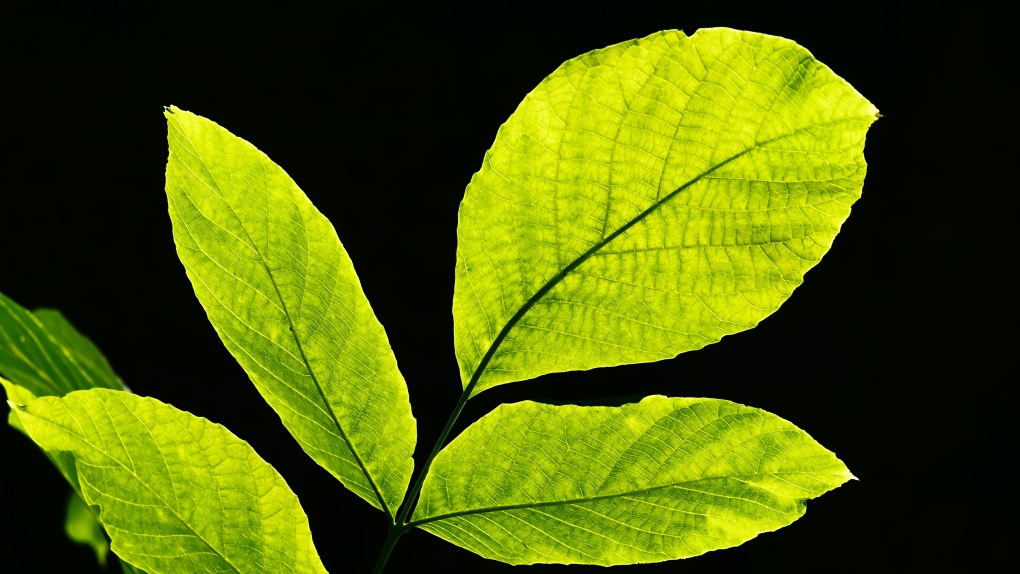Scientists in Japan may have unlocked the key to recreating how plants perform photosynthesis, according to a new study, potentially paving the way for new ways to harvest solar energy.
Plants and some bacteria are able to perform photosynthesis—transforming light from the sun into chemical energy—using light-harvesting supramolecules. But while these complex supramolecules have been studied before, humans haven’t been able to artificially recreate them.
Until now, scientists say.
A paper published in the peer-reviewed journal Chemical Communications last week outlines how researchers were able to synthesize and study the formation of light-harvesting supramolecules, which they believe could be pivotal in future solar technology.
A supramolecule, or supermolecule, is an entity created by two or more molecules being held together in a non-covalent bond, the most well-known example being the double helix structure of DNA.
The recreation of light-harvesting supramolecules has eluded scientists because of how complex they are. They consist of numerous pigments, such as chlorophyll, arranged in a specific pattern that changes depending on the species, ranging from spiral structures that morph into large tubes in green photosynthetic bacteria to ring-shaped stacks in purple photosynthetic bacteria.
It is these ring-shaped structures that researchers focused on in the new study. By mixing chemicals and proteins in an organic solvent, researchers discovered how to trigger the substances to self-assemble into the ring-shaped supramolecule.
The initial discovery was a surprise. Once researchers investigated the process of self-assembly more closely, they found that there was an intermediary stage, wherein the molecules initially formed wavy nanofibers.
In this stage, it was possible for reasearchers to guide the assembly process using heat. When the nanofibers were heated at 50 degrees Celsius, they formed smaller nanorings, which eventually joined into the ring-shaped structures that researchers were going for.
What this means, according to researchers, is that they’re able to synthesize these light-harvesting supramolecules through this method of manipulating the molecules with heat and adjusting the concentration of chlorophyll.
The study noted that this did not require protein scaffolds, a tool often used in promoting cell bonding and growth.
“The self-assemblies we synthesized enable efficient sunlight absorption along with excitation energy migration and transfer,” Shogo Matsubara, an assistant professor with the Nagoya Institute of Technology and one of the members of the research team, said in a press release.
“Mimicking the arrangement of chlorophyll pigments observed in nature is critical to not only understand natural photosynthesis but also construct artificial LH (light-harvesting) systems for devices such as solar cells.”
Humans already have a way to harness the power of the sun: solar technology such as solar panels.
But while solar panels use semiconductors to absorb solar energy and turn it into electricity, the idea behind artificial photosynthesis is to mimic the way that plants store energy from the sun and use it to split water molecules to create several types of energy.
Researchers noted that the ability to adjust the structure of the supramolecules using external stimuli means it could be possible to create smart materials in the future that could be adjusted at the molecular level to better perform photosynthesis.
It’s not yet clear when we might be able to harness these artificial light-harvesting supramolecules as a part of solar technology, but researchers say that further investigations into their optical properties are underway.










































